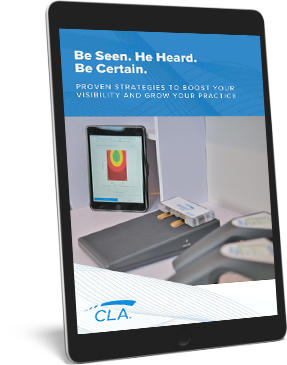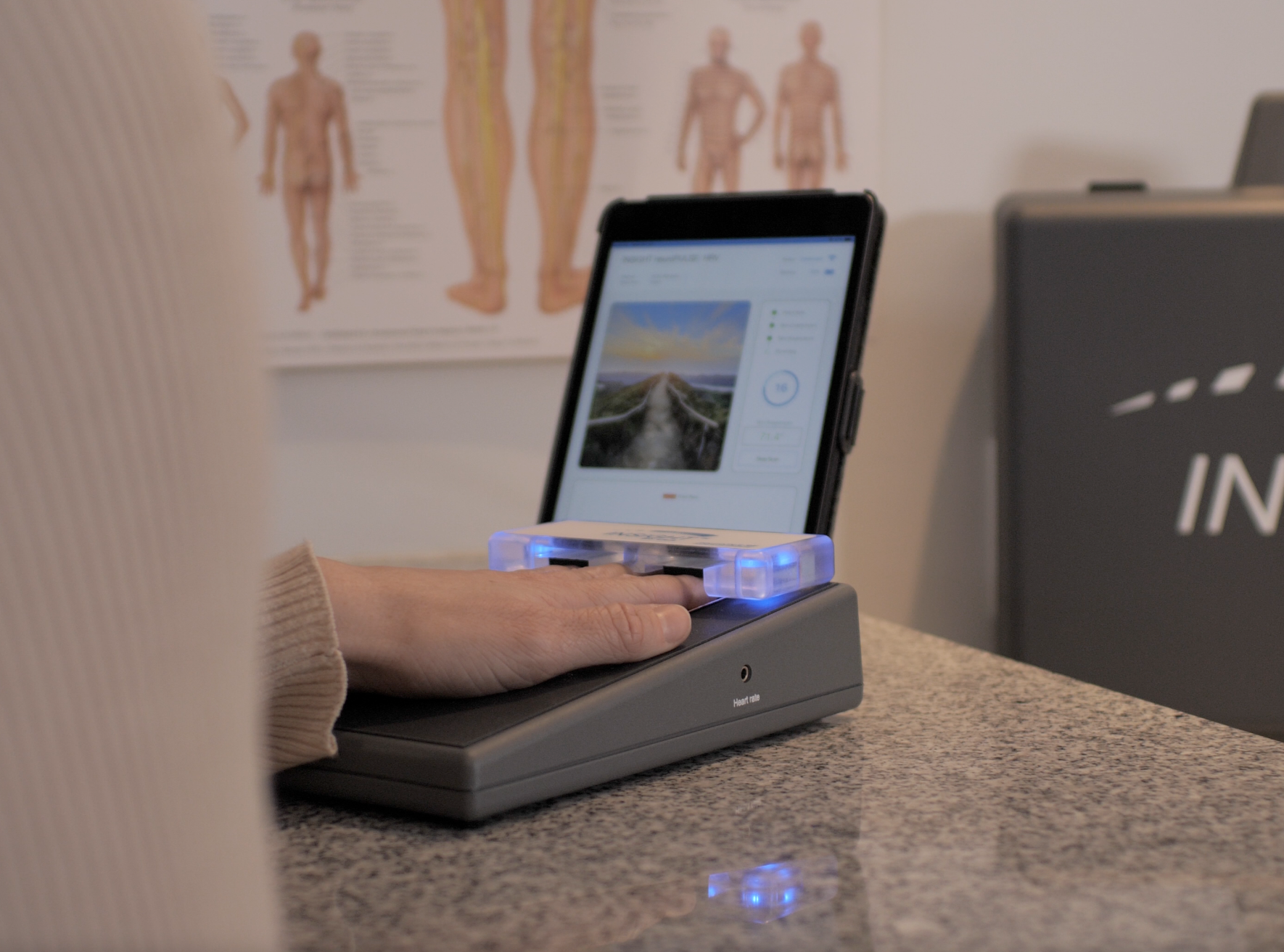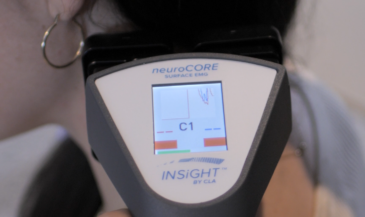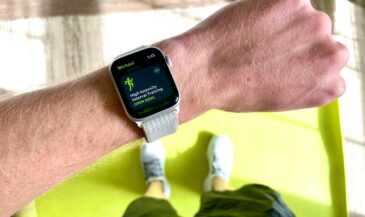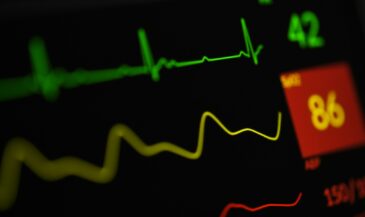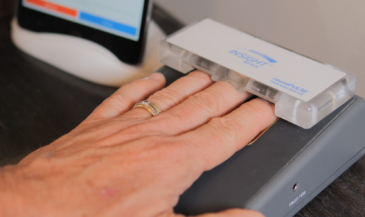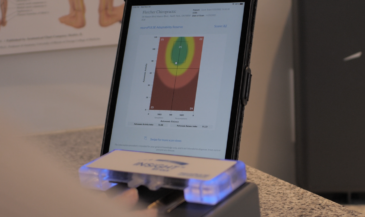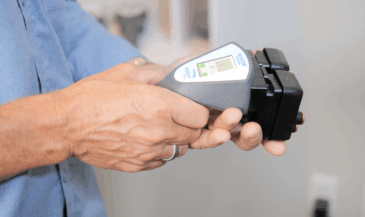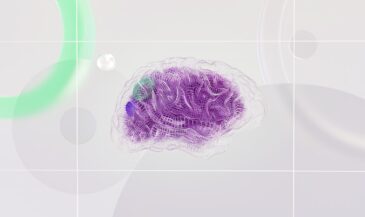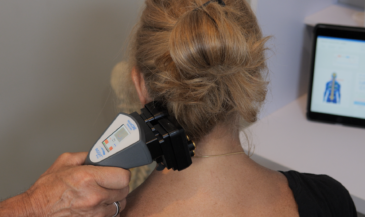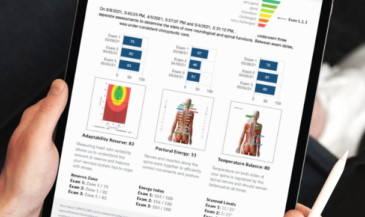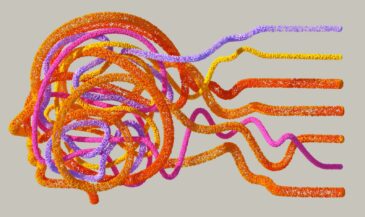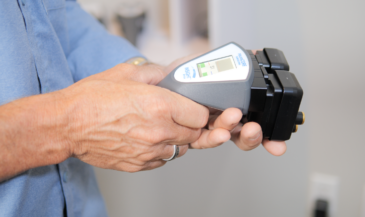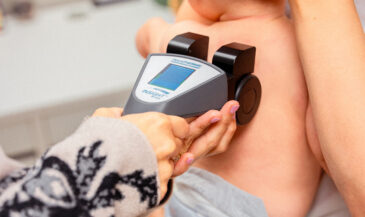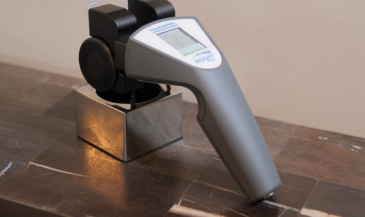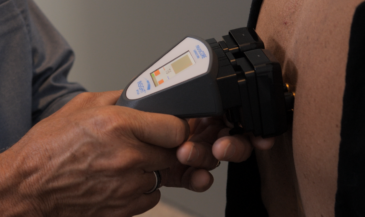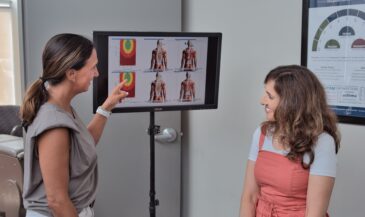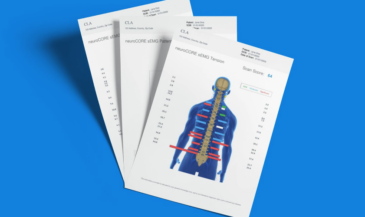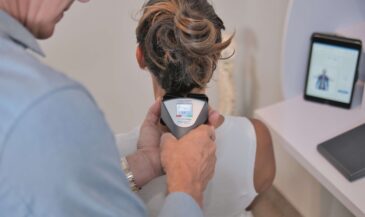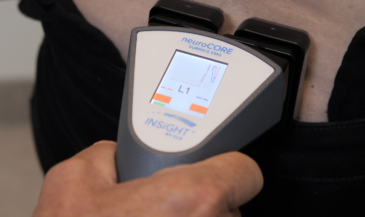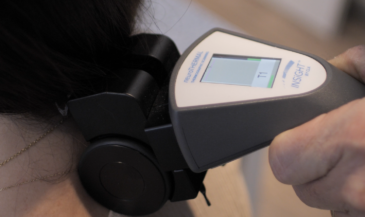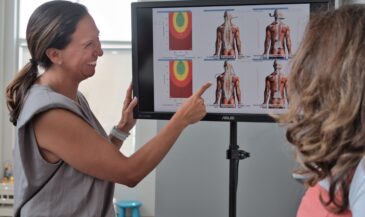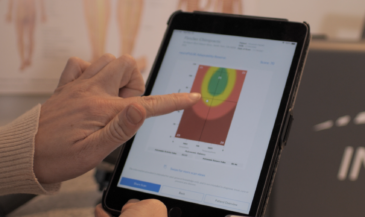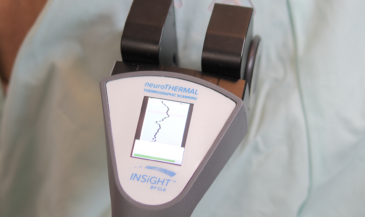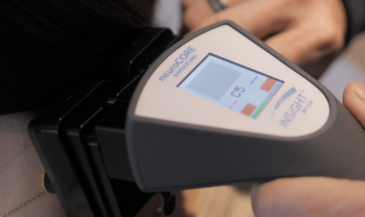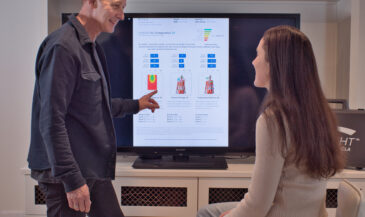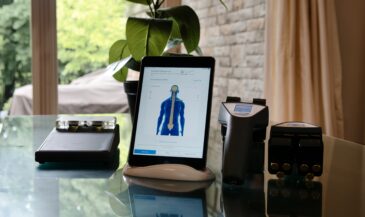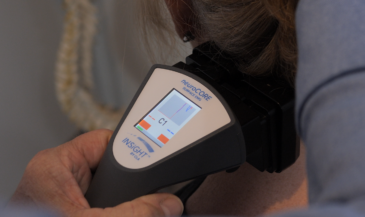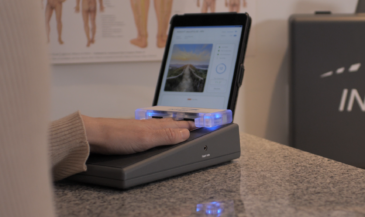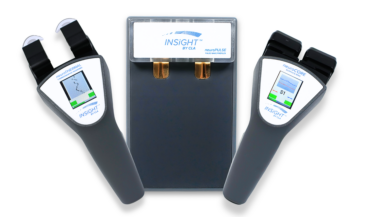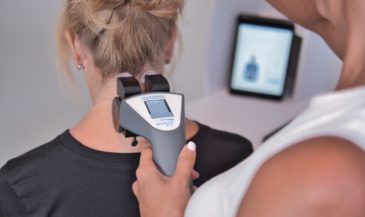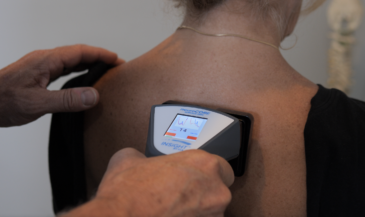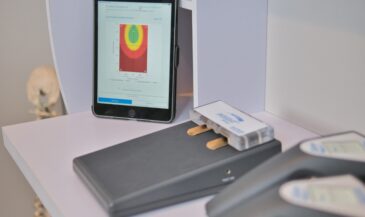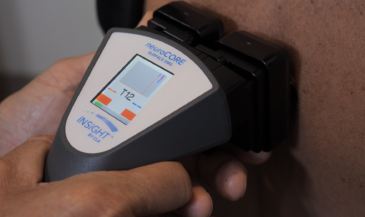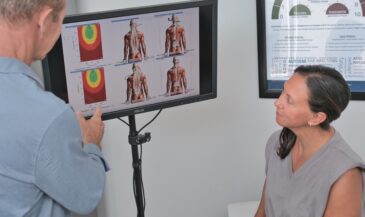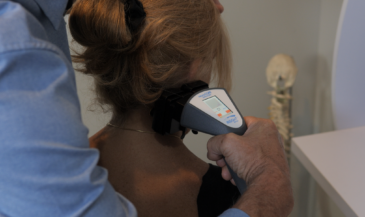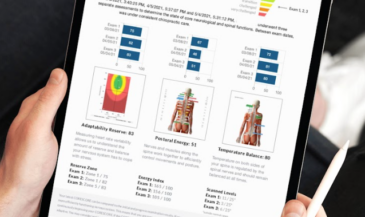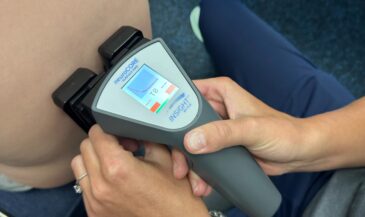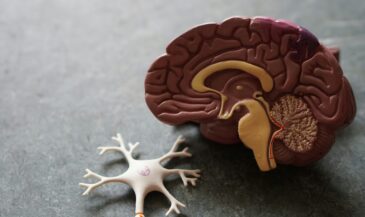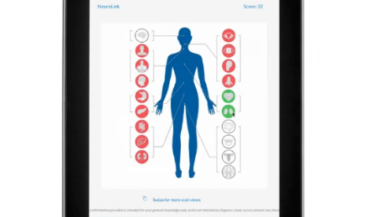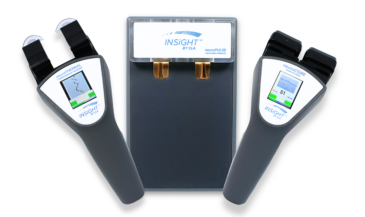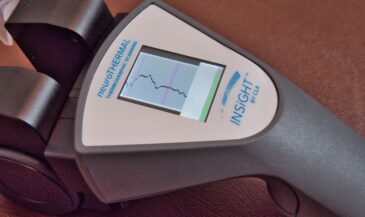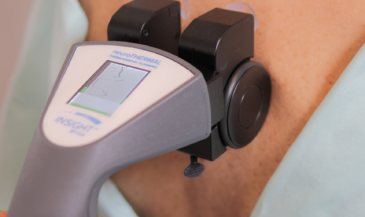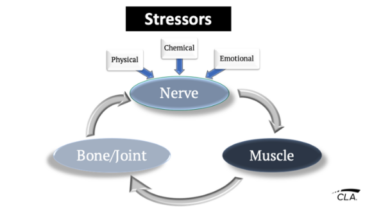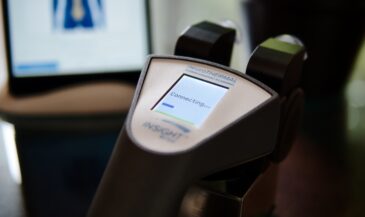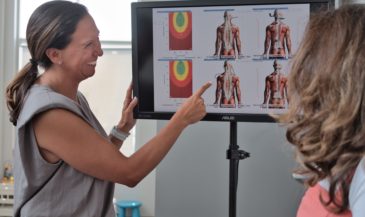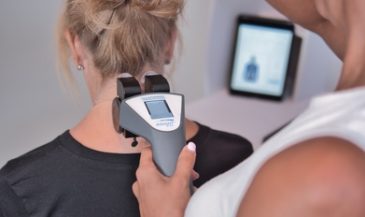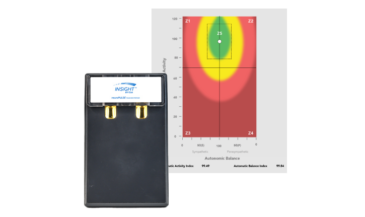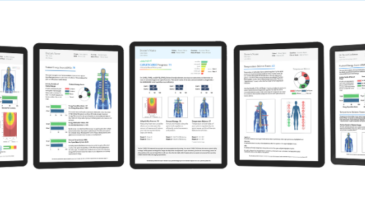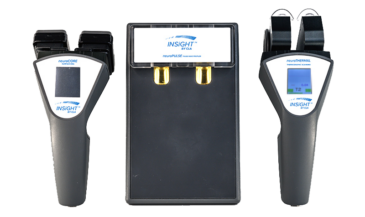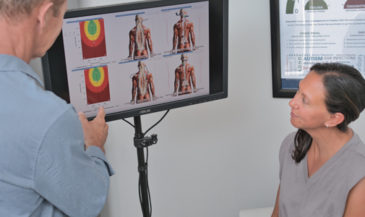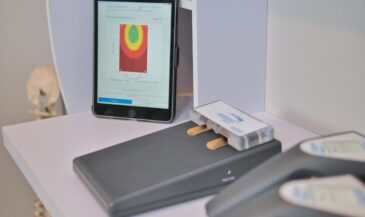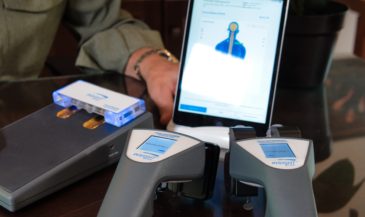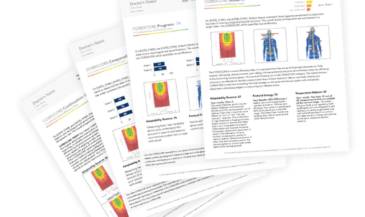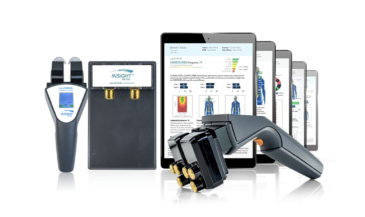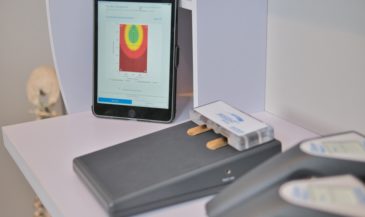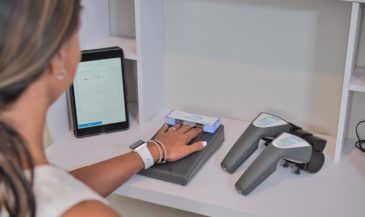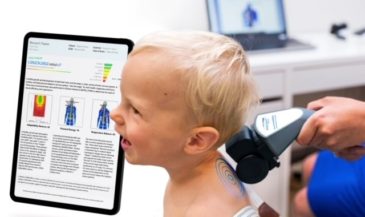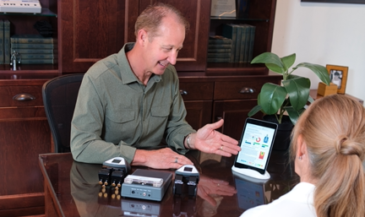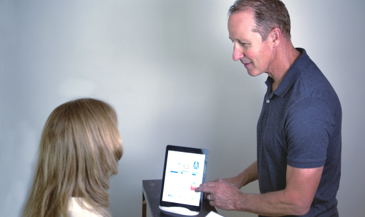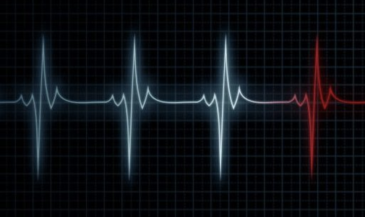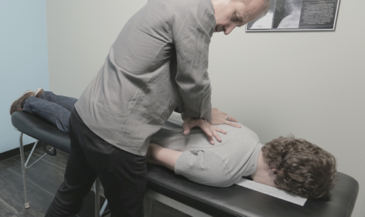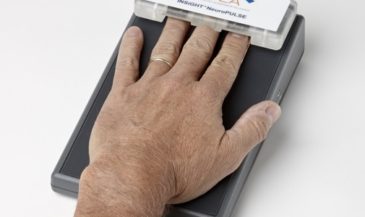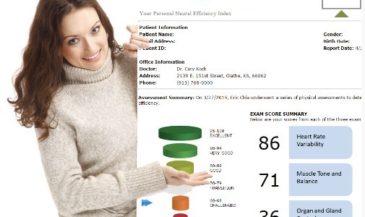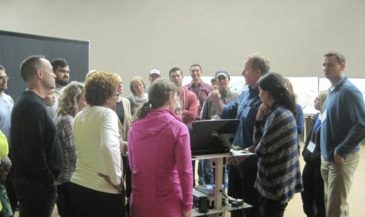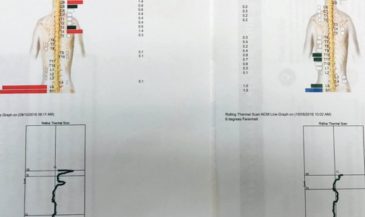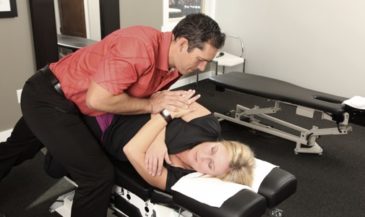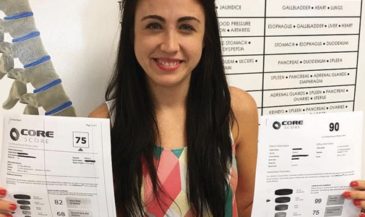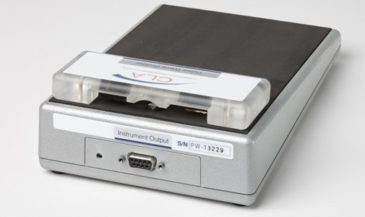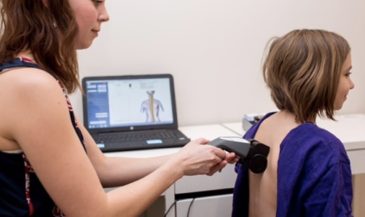Some people walk into a chiropractic office already sold on the BIG idea of wellness, vitality and nervous system performance. They’ve read about it, maybe had great results before, and they’re ready to get started. But most? Not so much. They’re curious, but cautious. They want to feel better, sure—but they’re not fully convinced this kind of care actually does what it claims.
And that hesitation? Totally normal. Especially when most of their health experiences revolve around blood tests, prescriptions, and specialist referral appointments. If you want to keep these patients, they need more than just a warm welcome and a confident adjustment. They need clarity. They need to see what’s happening inside their body. And that’s where thermal scanning and other chiropractic tech come in.
What Is Thermography and Why Does It Matter?
Thermography is a way to measure temperature patterns along the skin of the spine. Why does that matter? Because temperature changes often show up when there’s nerve interference or imbalance in the autonomic system. Basically, it’s a window into how well (or how poorly) the nervous system is adapting.
Most people have no idea that this kind of tech exists. They’ve never seen a thermographic scanner like the neuroTHERMAL. They’ve never heard of a thermal scan of the spine. But once they do? It flips a switch. They go from guessing to knowing.
This is all about measuring function. Thermography shows where the nervous system is under stress—before symptoms even show up. That’s huge!
What Does a Thermal Scan Show, Exactly?
- Areas of dysregulation along the spine
- Temperature imbalances between left and right nerve roots
- Signs of chronic stress or poor adaptability
- How well the body is responding to adjustments over time
That last one? It’s a game-changer. Because when a patient can see how their scan is changing after care, they stop relying on “I think I feel better” and start saying, “I can see I’m getting better.”
What Equipment Do Chiropractors Use to Measure This?
There are a few tools that matter here, at CLA we have three which are part of a suite we call the neuroTECH:
- neuroTHERMAL: A thermographic scanner expands the chiropractic story beyond the spine by exploring the deeper nerve connections that control organs and glands and skin temperature.
- neuroCORE (EMG): Surface EMG scans the neurology that maintains posture and spinal movements. Spinal imbalance and chronic subluxations create neuromuscular exhaustion.
- neuroPULSE (HRV): Calculates Heart Rate Variability (HRV), arousal levels and temperature, providing an in-depth measurement of adaptability. From newborns to seniors, HRV is the ideal, non-spinal test that confirms chiropractic’s impact on health and performance.
Put those together, and now you’ve got a neurology scan setup that can visually show what’s happening with the nervous system. And no, this isn’t just cool-looking tech—it’s what builds trust with patients who can see and track their process with comprehensive scan reports.
Why Visual Data Changes Everything for Patients
Here’s the thing: pain is unpredictable. One day it’s a 4/10, the next day it’s gone. That doesn’t mean the nervous system is suddenly balanced. It means pain is a bad tracker of health.
When you use tools like INSiGHT scanning tech, you’re giving patients something solid.
- It gives them a starting point. Even if they “feel fine,” the scan might show underlying stress patterns. That changes how they see their own body.
- It helps them stay committed. Instead of just feeling around in the dark, they can see when things are improving.
- It removes the guesswork. No more “I’ll just come in if I hurt.” Now it’s, “Let’s keep checking how my nervous system’s doing.”
How Thermography Builds Certainty
Patients don’t need to understand every detail, but they do need to feel confident that what you’re doing is working.
When they see the scan reports after a thermography scan—and watch them shift towards better performance—they believe in the process. Not because you told them to. Because the scan data showed them!
Even skeptical patients who come in for a one-time visit often change their mindset when they see a scan. They realize their body’s under stress they didn’t even know about. That’s when it stops being about pain, and starts being about progress.
Thermography vs X-Ray (Let’s Clear It Up)
Some patients confuse thermography with diagnostic imaging like x-rays. They’re not the same. One checks for structural issues, while the other (what we’re talking about) tracks functional stress patterns. No radiation. Non-invasive. And repeatable as often as needed.
That’s what makes thermography scanning ideal for chiropractic. It fits the model of gentle, functional, long-term care.
Pediatric Use and Families
Wanna know who loves seeing this stuff? Parents!
When you scan a child and show mom and dad the patterns along the spine, it opens up a new level of understanding. They realize their kid doesn’t have to wait for symptoms to get help.
Once parents see the leading-edge INSiGHT scanning technology and software you’re using in your practice, and how it tracks their kids nervous system health and performance, they trust you more and are way more likely to stay long-term.
Certainty = Retention + Referrals
Here’s the bottom line. People don’t refer their friends to vague experiences. They refer them when they feel confident in their care.
Thermography scans give them a reason to believe—and a reason to talk. When they pull out their report or show a thermography scan comparison from visit one to visit twelve, it’s powerful. They’re proud of their progress.
And that’s what gets people talking. Not hype. Proof.
Ready to take your long-term care plans to the next level? It starts with tracking neurological recovery.
Book a call with an INSiGHT Advisor today to learn how you can bring this transformative technology into your chiropractic practice.




